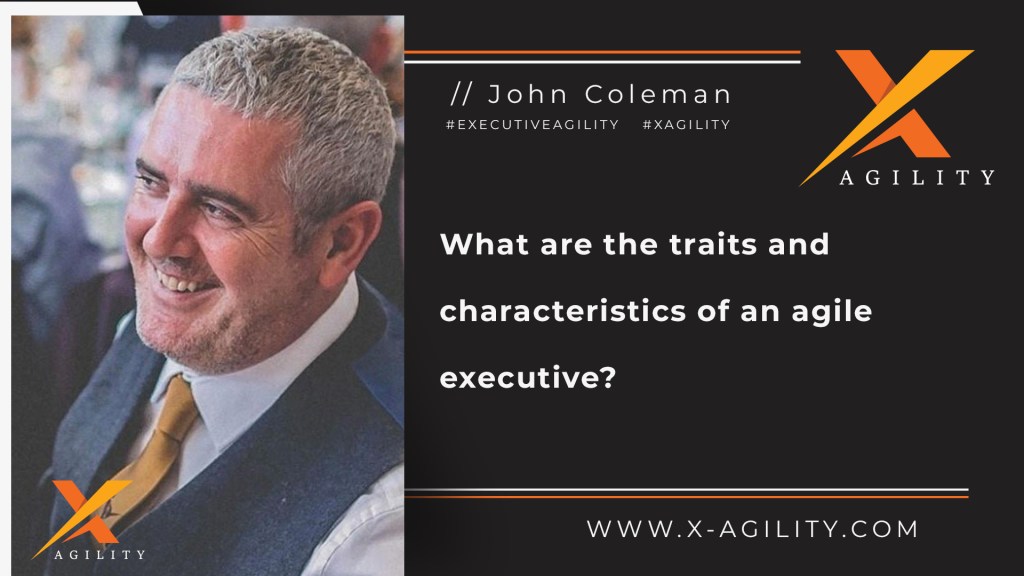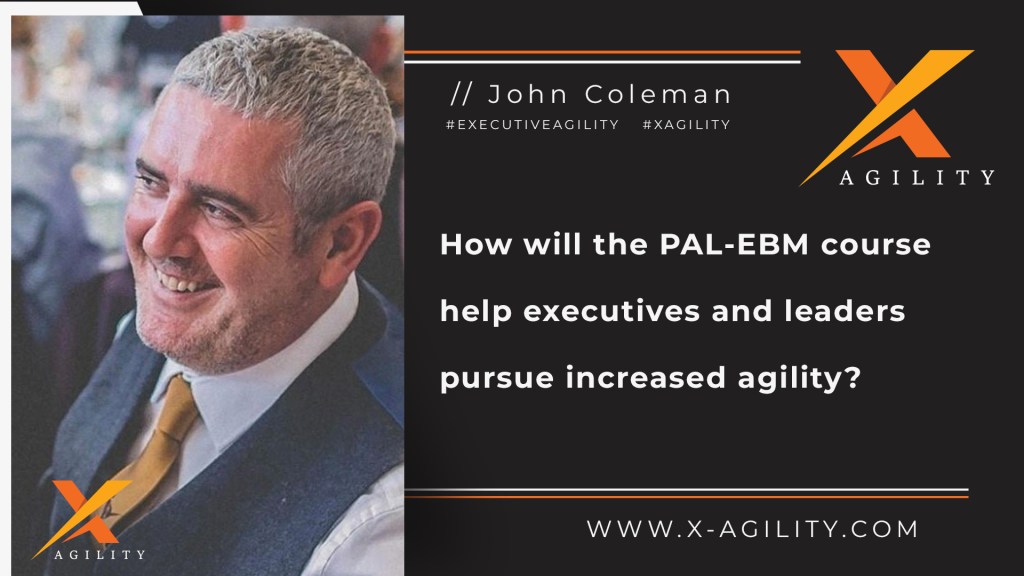How has agile evolved, in your opinion, since 2001?
So, why are we talking about 2001?
Agile, as we know it today, is a result of 17 brilliant men coming together to find an alternative approach to software development. Up until that moment, traditional project management practices were the norm and these men sought to develop a new way of working that would empower them to focus on customer satisfaction and engineering excellence.
They came up with the Manifesto for Agile Software Development, better known today as The Agile Manifesto. This happened in February 2001.
Values and principles over rules and regulations
The agile manifesto consists of 4 agile values and 12 agile principles.
Agile Values
- Individuals and interactions over processes and tools
- Working software over comprehensive documentation
- Customer collaboration over contract negotiation
- Responding to change over following a plan
Agile Principles
- Our highest priority is to satisfy the customer through early and continuous delivery of valuable software.
- Welcome changing requirements, even late in development. Agile processes harness change for the customer’s competitive advantage.
- Deliver working software frequently, from a couple of weeks to a couple of months, with a preference to the shorter timescale.
- Businesspeople and developers must work together daily throughout the project.
- Build projects around motivated individuals. Give them the environment and support they need, and trust them to get the job done.
- The most efficient and effective method of conveying information to and within a development team is face-to-face conversation.
- Working software is the primary measure of progress.
- Agile processes promote sustainable development. The sponsors, developers, and users should be able to maintain a constant pace indefinitely.
- Continuous attention to technical excellence and good design enhances agility.
- Simplicity -the art of maximizing the amount of work not done – is essential.
- The best architecture, requirements, and designs emerge from self-organizing teams.
- At regular intervals, the team reflects on how to become more effective, then tunes and adjusts its behavior accordingly.
These seemed like reasonable values and principles at the time and still hold true today.
There was a belief structure, back in the 1990s and early 2000s, that software developers weren’t great with social interactions and couldn’t be trusted to meet with customers. The software engineers themselves didn’t believe in this folly at all, and couldn’t see why they shouldn’t be talking to customers and actively helping them to solve compelling problems.
It also became apparent that traditional project management was not designed to deal with complexity and tended to fall apart when people needed to solve complex problems or build complex solutions.
The old way simply didn’t work and something new was needed.
Scrum emerged as one of the most popular, effective agile frameworks and over the past 21 years it has helped product development teams create products and features that truly delight customers.
The lightweight agile framework, built on the foundations of core values and principles, empowered teams to navigate complexity, build momentum despite uncertainty, and build products on short iterative cycles that allowed them to continuously learn, adapt, and improve.
Whilst Scrum, and other agile frameworks, have done a great job and allowed us to create some wonderful things, there is a general consensus that agile is nearing the end of its lifecycle and needs to adapt and evolve itself.
What might Agile become in the future?
The core elements of agile are:
- Transparency: In short, to make work visible and to ensure that we all mean the same thing when we use certain words, phrases, or assertations.
- Inspection: In short, that we perform work in short, sharp cycles and frequently inspect what we have done. We gather data and we gather evidence as we work.
- Adapt: In short, that we use the data and evidence that we have gathered to inform what we attempt next. We form a hypothesis, run an experiment, and then prove or disprove that hypothesis in each cycle.
The aim?
To continuously improve. To become more agile, responsive, and adaptive.
So, by its very basic tenets, agile itself needs to evolve and adapt based on the problems and challenges we encounter in the 21st century.
In 2023, there is a greater focus on the customer than there is on processes and tools. Sure, customer satisfaction has always been at the heart of Agile, but we are now more focused on customers than we are on specific frameworks, processes, or approaches.
I teach my students that you don’t need to follow an agile framework or ascribe to an Agile belief system to become more agile. You can achieve business agility or organizational agility through a myriad of approaches and techniques.
Over the years, our industry has evolved into a sort of Agile Industrial Complex, but there are several movements that are attempting to re wild agile. To take it back to its bare roots and embrace the spirit of agility rather than conform to the dogma of agile.
- Bring together small groups of passionate, skilled, and competent people.
- Work on inspiring, complex problems or build complex solutions authentically.
- Talk to customers and one another to gain insight, clarity, and understand the problem.
And so forth.
Back to basics but with an emphasis on the customer and the collaborative, creative nature of work and problem-solving rather than strict adherence to a specific agile framework.
Scrum, and other agile frameworks such as LeSS, are a great answer to product development in complex environments, but they aren’t the only answer. In some cases, they are a great start and help teams grow competence and capability, but it is inevitable that they will evolve from there.
Spotify is a great example of this.
They led the way, initially, so well that their way of working became the Spotify Model. Despite the huge success of the so-called Spotify model, they themselves have evolved past that and are now breaking new ground and pioneering new ways of working, collaborating, and delighting customers.
So, that’s where I think agile is going in the future.
A blend of the initial values and principles and a stronger, more responsive focus on customers and the markets they serve. An authentic way of working, collaborating, and performing that aligns with values, principles, and customer objectives.
Two of my own organizations, X Agility and Kanplexity are focused on achieving exactly that.
Taking the best of what we know about agile, and combining that with the best of what we know about people working in hyper-effective, creative, and collaborative teams to pioneer a unique, authentic path to business agility and organizational agility.
About John Coleman
https://linktr.ee/johncolemanxagility – social and podcast links
https://linkpop.com/orderlydisruption – order training from right here
If you are interested in helping your team or organization achieve greater agility and want to explore agile training options, visit our training page.
If you value coaching and would like to work with a deeply experienced agile and executive coaching specialist, visit our coaching page.
If you are looking for an agile consultant that can help your leadership team identify an appropriate roadmap to organizational agility and take the most effective course of action in your agile transformation, visit our consulting page.
#agile #leadership #agileleadership #certifiedagileleadership #professionalagileleadership #psm #psm2 #scrum #scrumorg #xagility #executiveagility #xagility





